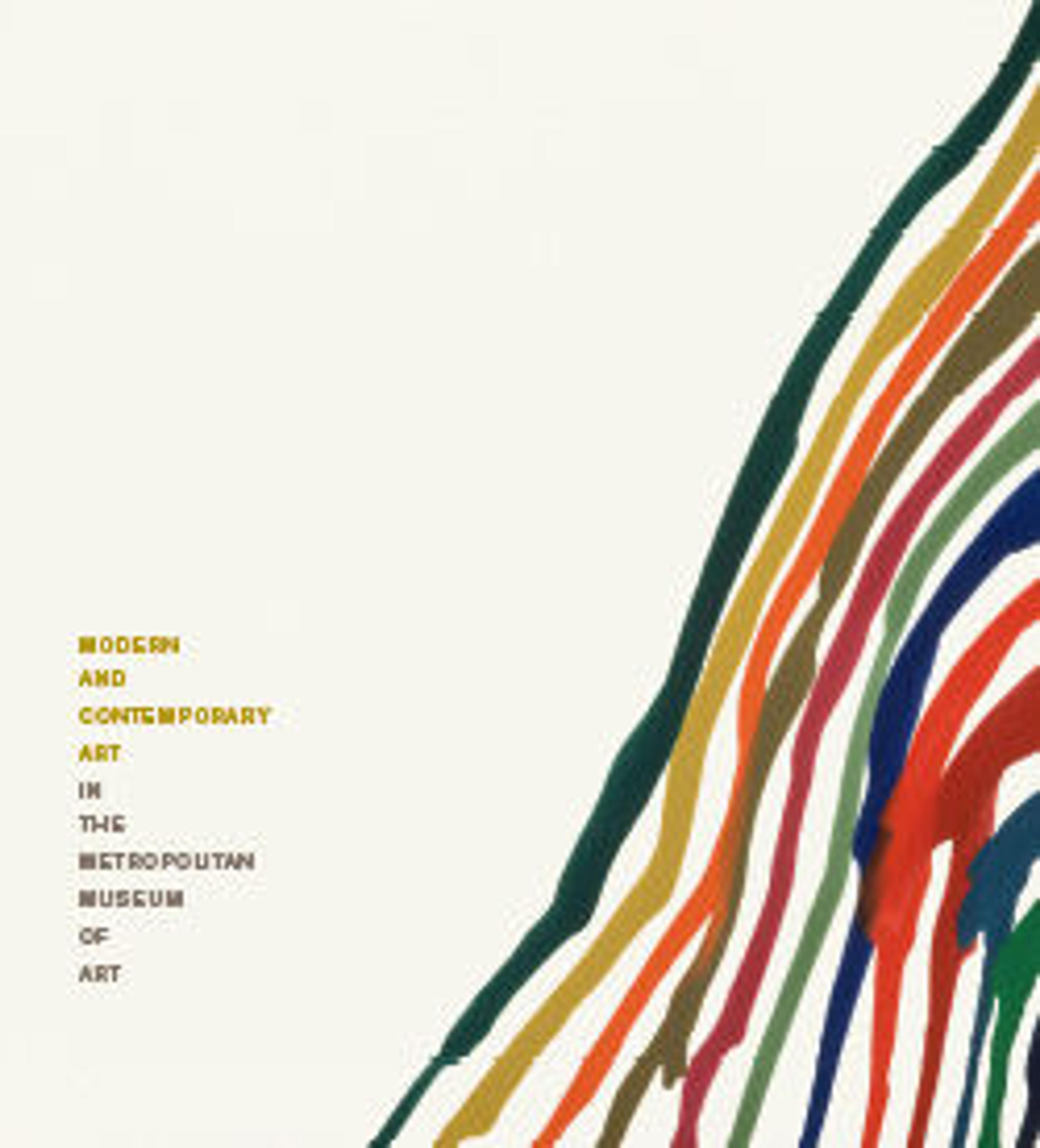The Man Under the Pear Tree
Paul Klee was a singular voice in modern art, his unique aesthetic formed through his fascination with Jugendstil, Expressionism, Cubism, the art of children, travel, and music. After years of effort, in 1920 he received his first major solo exhibition at the Hans Goltz Gallery in Munich and witnessed the publication of two monographs devoted to his work; he was also invited that same year to join the faculty of the newly established Bauhaus.
This image derives from a line drawing made after an autobiographical text Klee published for his 1920 Munich exhibition, which concluded with a description of his hard-won success that "fell into his lap like ripe fruit." In the whimsical portrayal, a man (perhaps the artist) sits below a fruit-bearing tree (Klee's symbol of creativity), reaching out to catch the heavy fruit. Here Klee repeated the composition, enlarging the image and embellishing it with delicate layers of color and a handmade gold-foil frame. He repeated it yet again in 1928, this time as an ink drawing made in honor of the dealer, Alfred Flechtheim.
This image derives from a line drawing made after an autobiographical text Klee published for his 1920 Munich exhibition, which concluded with a description of his hard-won success that "fell into his lap like ripe fruit." In the whimsical portrayal, a man (perhaps the artist) sits below a fruit-bearing tree (Klee's symbol of creativity), reaching out to catch the heavy fruit. Here Klee repeated the composition, enlarging the image and embellishing it with delicate layers of color and a handmade gold-foil frame. He repeated it yet again in 1928, this time as an ink drawing made in honor of the dealer, Alfred Flechtheim.
Artwork Details
- Title:The Man Under the Pear Tree
- Artist:Paul Klee (German (born Switzerland), Münchenbuchsee 1879–1940 Muralto-Locarno)
- Date:1921
- Medium:Watercolor and transferred printing ink on paper, bordered with metallic foil, mounted on paperboard
- Dimensions:17 3/4 × 13 3/4 in. (45.1 × 34.9 cm)
- Classification:Drawings
- Credit Line:The Berggruen Klee Collection, 1987
- Object Number:1987.455.9
- Curatorial Department: Modern and Contemporary Art
More Artwork
Research Resources
The Met provides unparalleled resources for research and welcomes an international community of students and scholars. The Met's Open Access API is where creators and researchers can connect to the The Met collection. Open Access data and public domain images are available for unrestricted commercial and noncommercial use without permission or fee.
To request images under copyright and other restrictions, please use this Image Request form.
Feedback
We continue to research and examine historical and cultural context for objects in The Met collection. If you have comments or questions about this object record, please contact us using the form below. The Museum looks forward to receiving your comments.
